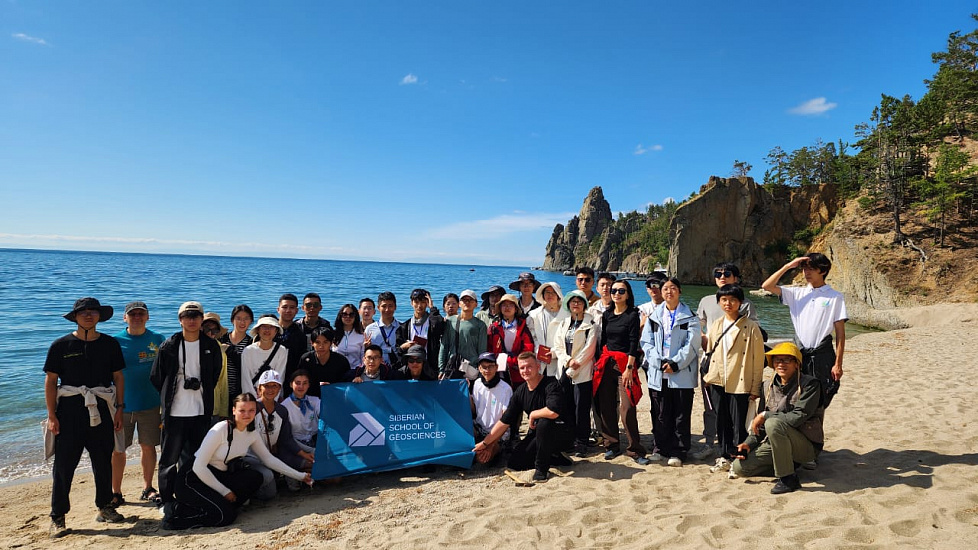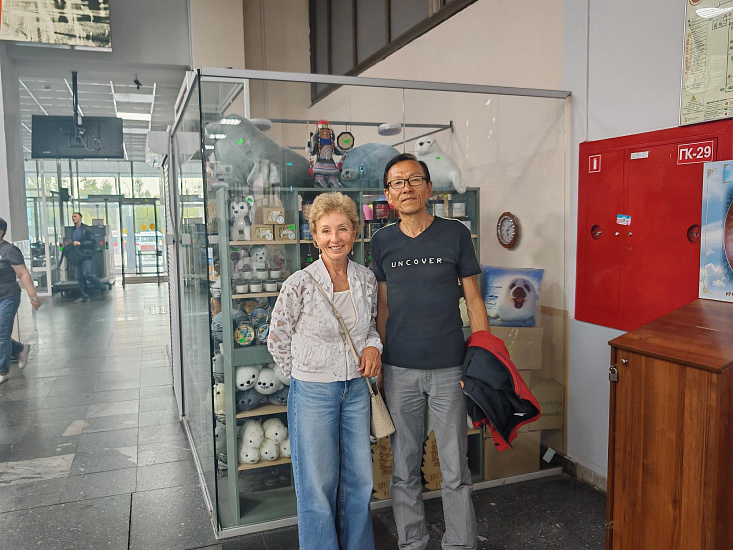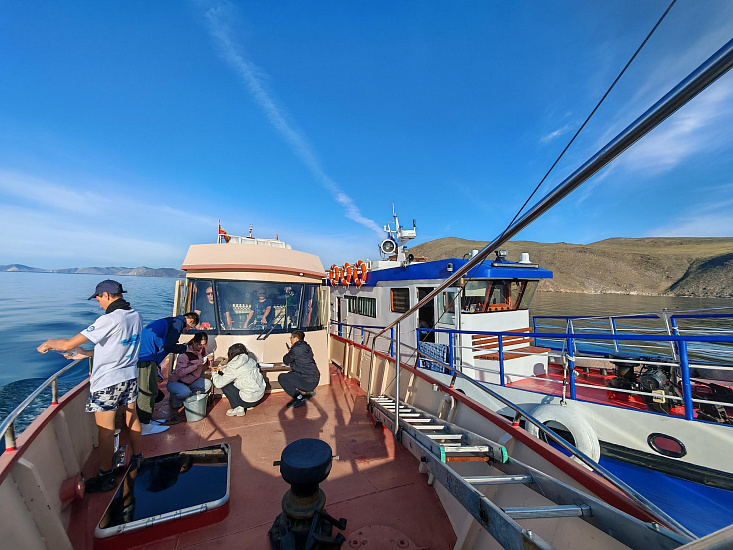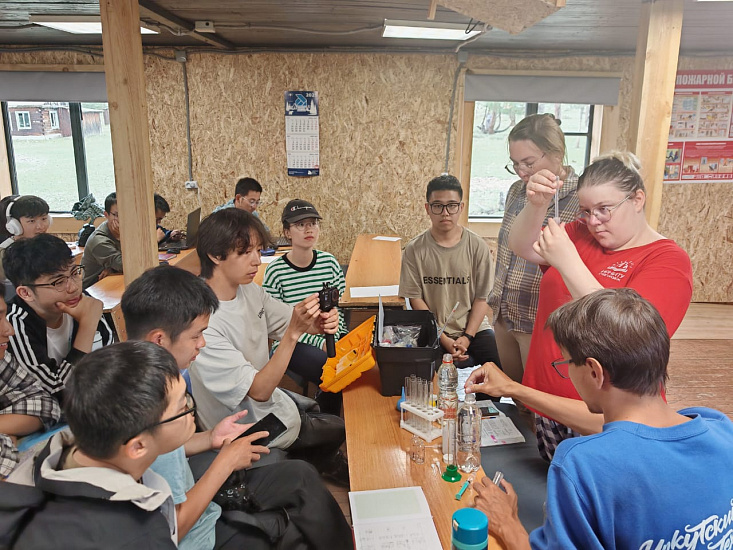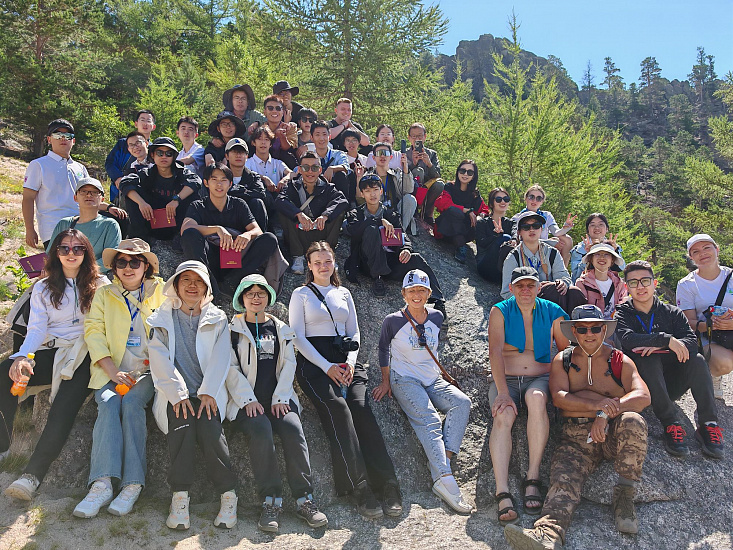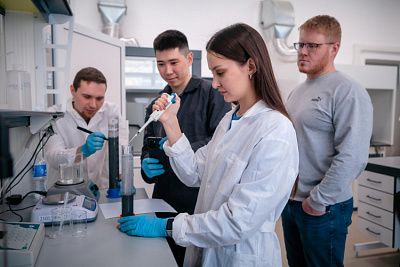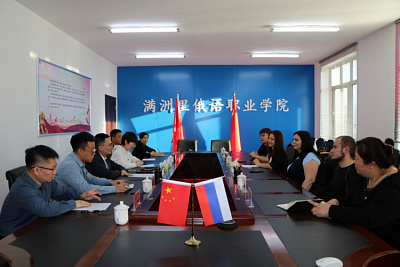INRTU Summarized Results of Russian-Chinese Expedition “Baikal, the Pearl of the World – 2025”
The Siberian School of Geosciences of INRTU has summarized the results of the Russian-Chinese expedition “Baikal, the Pearl of the World – 2025”. For nearly two weeks, participants from INRTU and Nanjing University explored the geography and geology of the Olkhon area, conducted fieldwork, and studied the shores of Lake Baikal.
The expedition began on July 27 at the Siberian School of Geosciences (SSG). The participants then headed to the Olkhon District. The route included both waterborne and overland segments. It ran along the eastern shore of Lake Baikal, covering locations such as the Chernorud base, Peschanaya Bay, Cape Kadilny, Sarminsky Gorge, and Olkhon Island.
More than 40 people took part in the project, including 10 INRTU students. The scientific supervisors of the teams were Larisa Auzina, head of the hydrogeology laboratory at SSG, and Professor Zhang Yongzhan from Nanjing University.
According to Larisa Auzina, this year’s expedition significantly expanded its “marine” component:

“Our route ran on four vessels through the Central Depression of the Baikal Rift Zone, starting from Listvyanka along the eastern shore to Olkhon Island and further through the Maloye More Strait”.
As part of the route research, the geological, tectonic, and hydrogeological features of the region were studied, as well as the impact of anthropogenic factors on the state of groundwater and surface water, and the processes of permafrost degradation in the context of global climate change.
Another feature of this year's “Baikal Project” was the mixed composition of the expedition groups, which included Russian and Chinese students. Such teams were formed for the first time last autumn during research in the Yangtze River Delta.
“This is a unique experience in terms of social interaction and the preparation of final reports on the scientific work conducted. The participants from China are highly proficient in Earth remote sensing data processing techniques. Our students joined in at the stage of analytical processing of the collected data,” Larisa Auzina shared.
The universities plan to continue their scientific cooperation this autumn. In October, students and staff from INRTU will travel to China for further study of the natural and anthropogenic conditions of the Yangtze River valley and adjacent areas.
